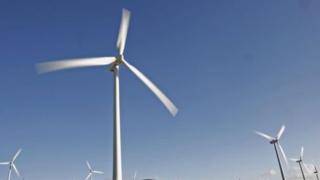ScienceRocks
Democrat all the way!
- Banned
- #1
Renewable energy surges to record levels around the world

http://www.bbc.com/n...onment-36420750
And you call this a failure and unworkable? Why on earth are republicans so against this form of energy???

http://www.bbc.com/n...onment-36420750
Investments in renewables during the year were more than double the amount spent on new coal and gas-fired power plants, the Renewables Global Status Report found.
For the first time, emerging economies spent more than the rich on renewable power and fuels.
Over 8 million people are now working in renewable energy worldwide.
For a number of years, the global spend on renewables has been increasing and 2015 saw that arrive at a new peak according to the report.
About 147 gigawatts (GW) of capacity was added in 2015, roughly equivalent to Africa's generating capacity from all sources.
China, the US, Japan, UK and India were the countries adding on the largest share of green power, despite the fact that fossil fuel prices have fallen significantly. The costs of renewables have also fallen, say the authors.
"The fact that we had 147GW of capacity, mainly of wind and solar is a clear indication that these technologies are cost competitive (with fossil fuels)," said Christine Lins, who is executive secretary of REN21, an international body made up of energy experts, government representatives and NGOs, who produced the report.
And you call this a failure and unworkable? Why on earth are republicans so against this form of energy???
